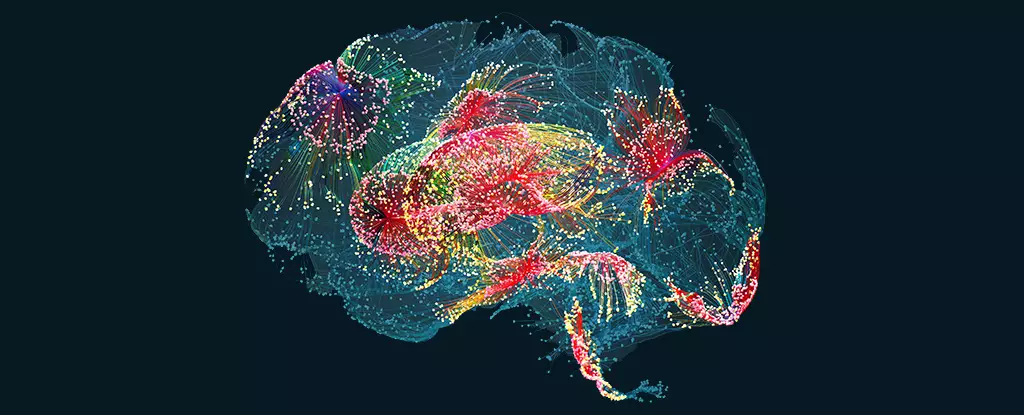The field of artificial intelligence has reached a new milestone with the development of an innovative technology called DeWave. Created by Australian researchers, this groundbreaking AI system has the ability to transform silent thoughts into text using a non-invasive method. By wearing a snug-fitting cap that records brain waves via electroencephalogram (EEG), users can have their thoughts decoded into text. The potential applications of this technology are far-reaching, from assisting stroke and paralysis patients in communication to enabling seamless interaction with machines such as bionic arms and robots.
According to computer scientist Chin-Teng Lin from the University of Technology Sydney (UTS), DeWave represents a pioneering effort in translating raw EEG waves directly into language. This breakthrough marks a significant advancement in the field of artificial intelligence. Initial experiments conducted by Lin and his colleagues demonstrated that DeWave achieved over 40 percent accuracy based on one set of metrics, surpassing the previous standard for thought translation from EEG recordings by 3 percent.
The ultimate goal of the researchers is to further refine DeWave and improve its accuracy to approximately 90 percent. This level of accuracy would put it on par with conventional language translation methods or speech recognition software. Currently, other methods of translating brain signals into language require invasive surgeries for electrode implantation or the use of bulky and expensive MRI machines, making them impractical for daily use. Additionally, these methods often rely on eye tracking to convert brain signals into word-level chunks, which may not be a reliable approach for raw EEG wave translation into words.
Interpreting individual thoughts based on brain waves poses several challenges. Different individuals exhibit varying brain wave patterns, which makes it difficult to teach AI models how to interpret these thoughts accurately. However, DeWave overcomes this challenge through extensive training. Its encoder converts EEG waves into a specific code that can be matched to corresponding words. This process involves comparing the code to entries in DeWave’s “codebook.”
To enhance its capabilities, DeWave integrates with trained language models that combine BERT and GPT systems. Through testing on existing datasets that include eye tracking and recorded brain activity during reading, the AI system learns to associate brain wave patterns with words. Furthermore, DeWave undergoes additional training using an open-source large language model, which constructs coherent sentences based on individual words.
DeWave demonstrates its best performance in translating verbs. When it comes to nouns, the AI system tends to translate them as pairs of words with similar meanings rather than exact translations. The researchers believe this is because semantically similar words produce similar brain wave patterns during processing. Despite the challenges, DeWave’s model provides meaningful results, aligning keywords and forming similar sentence structures.
One notable aspect of the research is the relatively large sample size used for testing. This addresses the variation in EEG wave distributions among individuals, resulting in a more reliable assessment of the technology’s capabilities. Previous technologies in this field have often been tested on small samples, making their reliability questionable. However, there is still room for improvement as the EEG signals received through the cap present a level of noise compared to signals obtained from implanted brain electrodes.
The translation of thoughts directly from the brain is a challenging endeavor that requires continued research and development efforts. The team behind DeWave recognizes the value of this technology and its potential for various applications. They emphasize that with the rapid advancement of large language models, the exploration of encoding methods that bridge brain activity with natural language deserves increased attention.
The development of DeWave represents a significant breakthrough in the field of artificial intelligence. By enabling the translation of silent thoughts into text through non-invasive means, this innovative technology opens doors to countless possibilities. From assisting those with communication difficulties to enhancing human-machine interaction, DeWave has the potential to revolutionize the way we communicate and interact with technology. With ongoing research and further improvement, DeWave is set to become a vital tool in the realm of neural decoding, presenting us with a future where our thoughts can be effortlessly communicated.


Leave a Reply